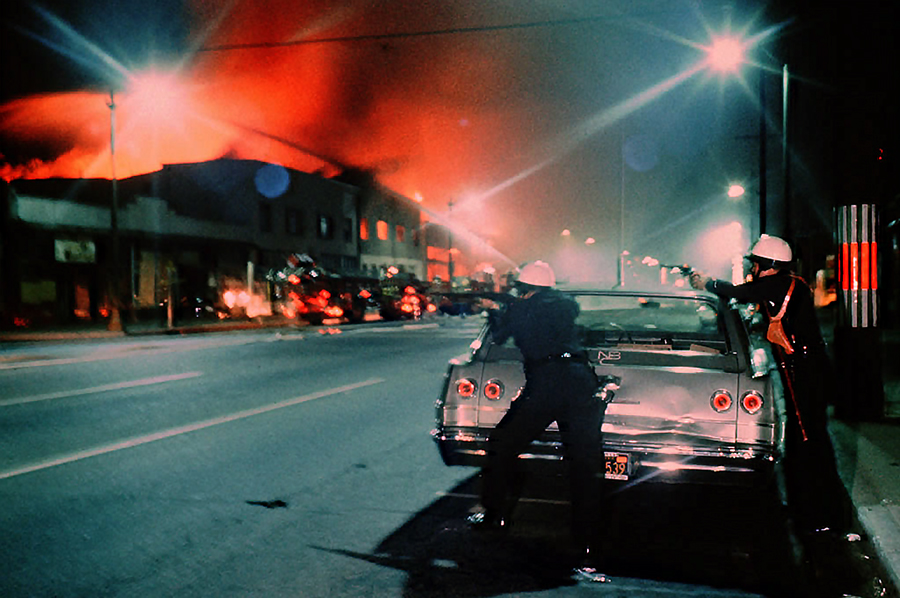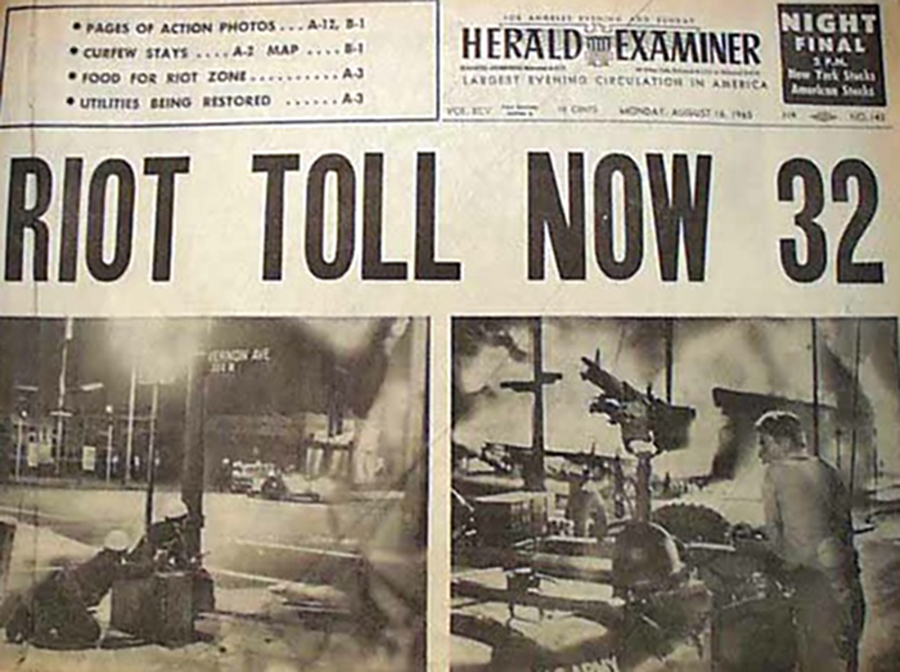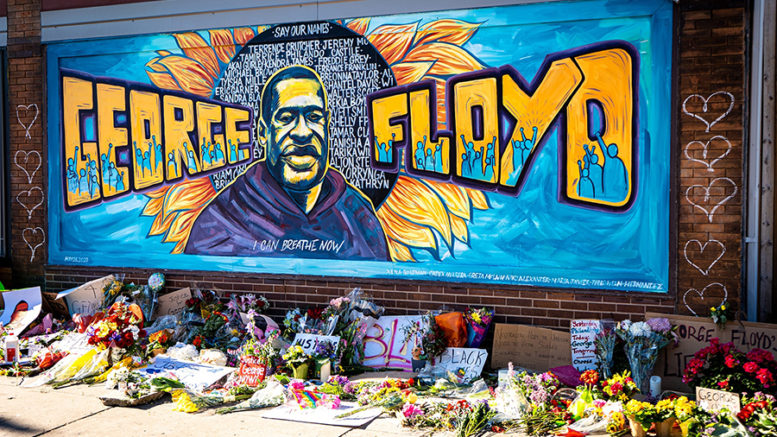Contributed by Glen Davis
The murder of George Floyd has proved once again the United States of America (USA) is anything but the land of the free.
This event follows on from the devastation brought by Covid-19 that’s seen 100,000 deaths, with that number constantly climbing, as well as over 40 million Americans receiving some form of unemployment relief, not to mention the ongoing conflict with China.
A nation state built on dispossession, and slavery, has racism as part of its DNA. The centuries of oppression that Afro-Americans have experienced, provide a backdrop for what is now taking place.
In 1965 the Los Angeles suburb of Watts exploded in a revolt, a revolt against the unjust system Afro-Americans had long endured. The trigger for this was the arrest of an Afro -American man Marquette Frye, by a white Californian highway patrol man.

In the process of apprehending him, it was alleged excessive force was used. This event became like a spark lighting a prairie fire, both metaphorically and in some ways literally.
In a community where poverty and the related injustices were deeply implanted, the long-held frustrations came to the surface.
Between August 11, and August 16, 1965, there were outbreaks of violence, with wide scale rioting, leaving 34 dead, over 1,000 injured, as well as $40 million’s worth of damage.
Buildings, and city blocks, were burnt to the ground with the revolt, combined with a heady mix of political agitation, with looting, and rioting.
This revolt demanded an end to mistreatment at the hands of the police, as well as ending injustice, and discrimination, in education, housing and jobs. The riots in Watts highlighted the racial injustice with its symptoms of segregation and poverty.

The Civil Rights movement that had been peacefully campaigning to tackle these issues was now bypassed. Promises made to them, though not acted upon, furthered the anger of those on the streets of Watts.
Following the riots, the policy of promising to ‘fix’ the problems, but doing nothing continued. The McCone Commission report identified causal factors making a series of recommendations, very few of which were implemented.
Then president, Lyndon B Johnson sought to ameliorate some of the excesses that contributed. His ‘war on poverty’ aimed at addressing some of the contributory factors, yet despite some changes achieved the USA remains a divided, unequal country. Aren’t we seeing it now?!?
Further on, in 1992 Watts was again part of the large-scale rioting within Los Angeles following police mistreatment of an Afro-American man Rodney G King. This time the police actions were caught on camera.
Yet the police were acquitted. Again, people took to the streets protesting this ongoing systemic injustice, with South Central Los Angeles declared a state of emergency. Buildings were burnt, over 12,000 people arrested, with 63 killed, as the full force of the state brought to bear on the revolt.
The situation finally quietened after almost a week of upheaval. Down the track there was some resolve when legal action was taken against some of the police, with King also receiving financial compensation.


I was watching 9 news yesterday 5.50am news came through that the cops charges were dropped.thats the America we have grown to hate